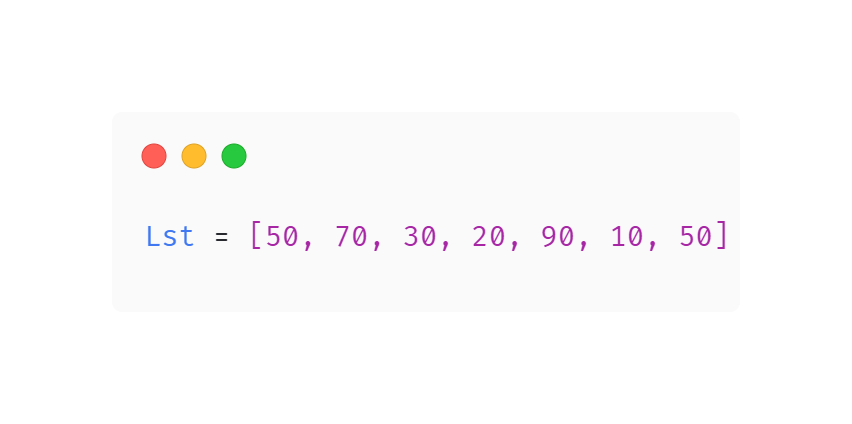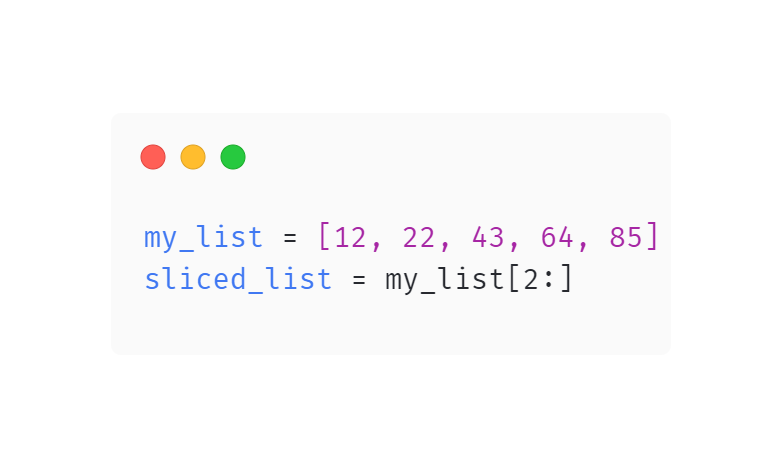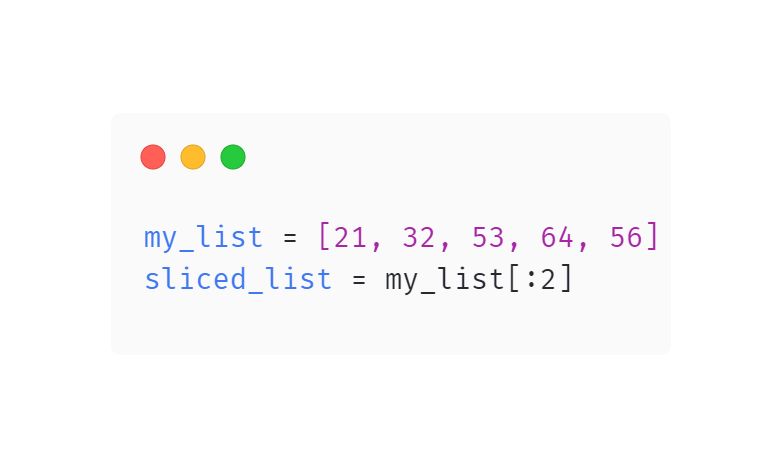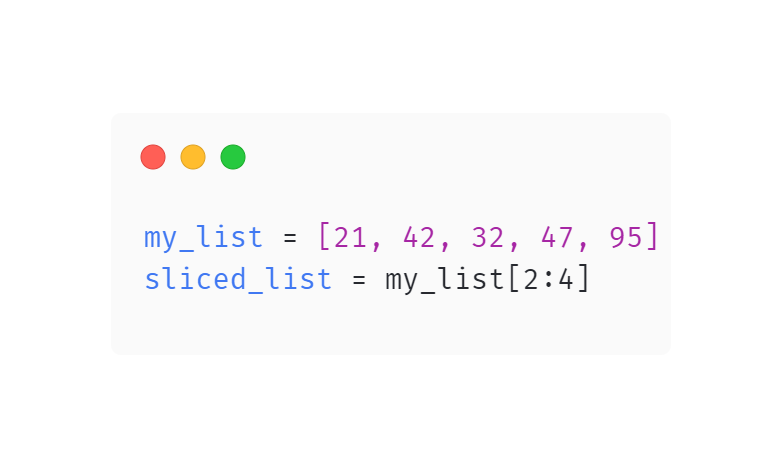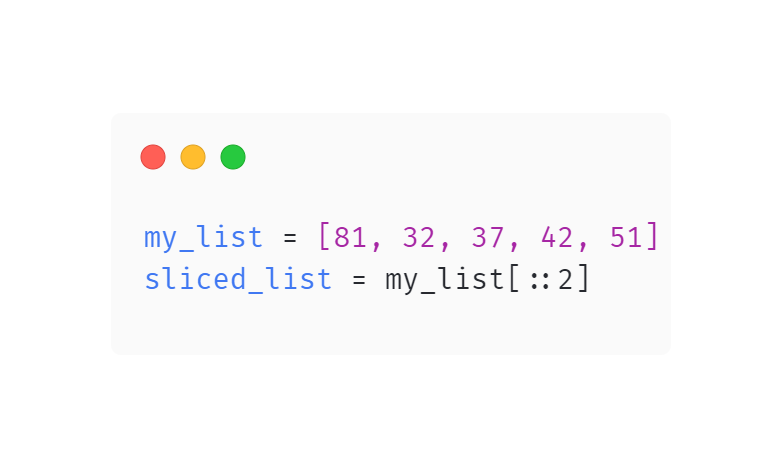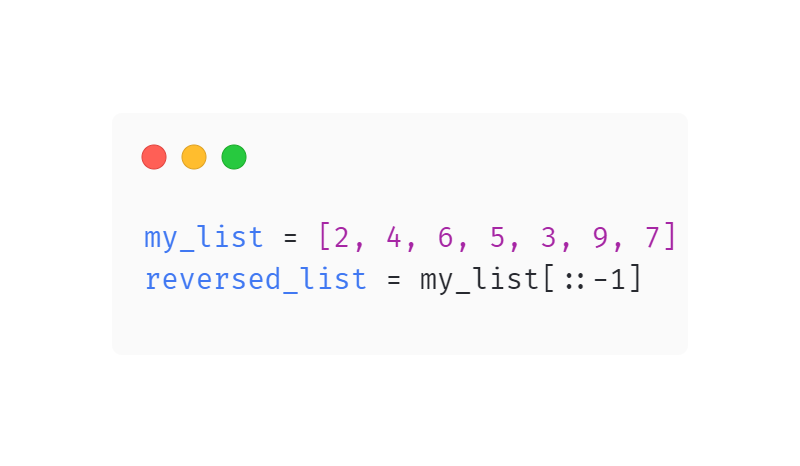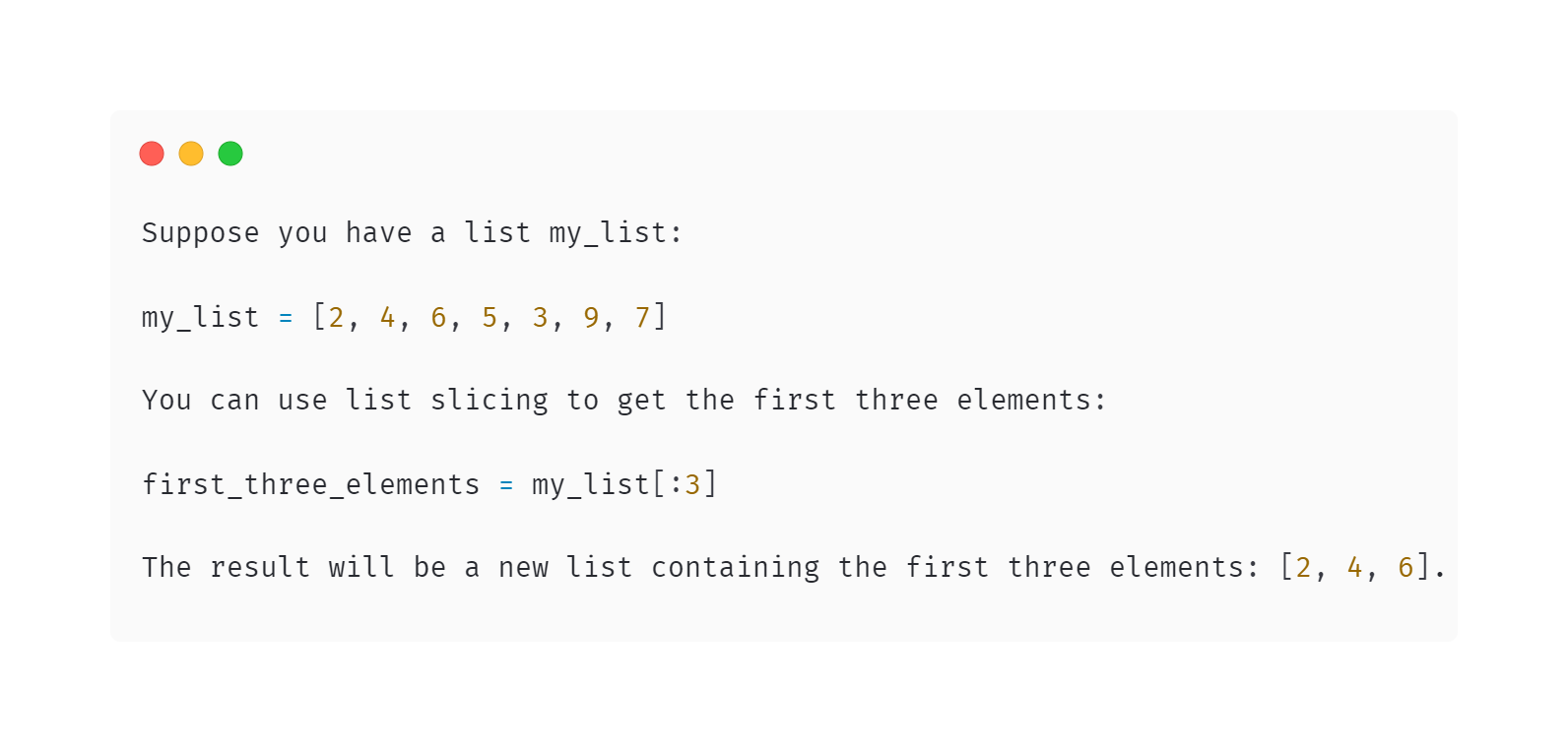For working professionals
For fresh graduates
- Study abroad
More
- Executive Doctor of Business Administration from SSBM
- Doctorate in Business Administration by Edgewood College
- Doctorate of Business Administration (DBA) from ESGCI, Paris
- Doctor of Business Administration From Golden Gate University
- Doctor of Business Administration from Rushford Business School, Switzerland
- Post Graduate Certificate in Data Science & AI (Executive)
- Gen AI Foundations Certificate Program from Microsoft
- Gen AI Mastery Certificate for Data Analysis
- Gen AI Mastery Certificate for Software Development
- Gen AI Mastery Certificate for Managerial Excellence
- Gen AI Mastery Certificate for Content Creation
- Post Graduate Certificate in Product Management from Duke CE
- Human Resource Analytics Course from IIM-K
- Directorship & Board Advisory Certification
- Gen AI Foundations Certificate Program from Microsoft
- CSM® Certification Training
- CSPO® Certification Training
- PMP® Certification Training
- SAFe® 6.0 Product Owner Product Manager (POPM) Certification
- Post Graduate Certificate in Product Management from Duke CE
- Professional Certificate Program in Cloud Computing and DevOps
- Python Programming Course
- Executive Post Graduate Programme in Software Dev. - Full Stack
- AWS Solutions Architect Training
- AWS Cloud Practitioner Essentials
- AWS Technical Essentials
- The U & AI GenAI Certificate Program from Microsoft
13. Print In Python
15. Python for Loop
19. Break in Python
23. Float in Python
25. List in Python
27. Tuples in Python
29. Set in Python
53. Python Modules
57. Python Packages
59. Class in Python
61. Object in Python
73. JSON Python
79. Python Threading
84. Map in Python
85. Filter in Python
86. Eval in Python
96. Sort in Python
101. Datetime Python
103. 2D Array in Python
104. Abs in Python
105. Advantages of Python
107. Append in Python
110. Assert in Python
113. Bool in Python
115. chr in Python
118. Count in python
119. Counter in Python
121. Datetime in Python
122. Extend in Python
123. F-string in Python
125. Format in Python
131. Index in Python
132. Interface in Python
134. Isalpha in Python
136. Iterator in Python
137. Join in Python
140. Literals in Python
141. Matplotlib
144. Modulus in Python
147. OpenCV Python
149. ord in Python
150. Palindrome in Python
151. Pass in Python
156. Python Arrays
158. Python Frameworks
160. Python IDE
164. Python PIP
165. Python Seaborn
166. Python Slicing
168. Queue in Python
169. Replace in Python
173. Stack in Python
174. scikit-learn
175. Selenium with Python
176. Self in Python
177. Sleep in Python
179. Split in Python
184. Strip in Python
185. Subprocess in Python
186. Substring in Python
195. What is Pygame
197. XOR in Python
198. Yield in Python
199. Zip in Python
List Slicing in Python
Introduction
Python programmers often use list slicing in Python to work with lists effectively. This technique allows us to select, change, or manage list elements efficiently, specifically when working with List Slicing in Python. It's like picking out a range of elements with specific gaps in between.
You can use list slicing for various tasks, such as grabbing all items, choosing elements from a certain point, flipping a list, or removing elements. This flexible method gives Python developers the ability to customize their lists as needed, which is crucial for those working with data and collections.
Overview
List Slicing in Python, with its intuitive and flexible approach, forms the backbone of list operations. It enables developers to perform a variety of tasks with ease, such as extracting subsets, rearranging data, and transforming lists, all while maintaining code simplicity and readability. This makes list slicing an indispensable skill for anyone working with Python, whether in data analysis, algorithm development, or general programming.
Python List Slicing Syntax
Python List Slicing is a technique for extracting specific portions of a list. The syntax for list slicing is:
- Lst: The list you want to slice.
- Initial: The index where slicing begins.
- End: The index where slicing ends (exclusive).
- IndexJump: Specifies the step size.
Examples:
1. Basic Slicing:
Lst[1:5] extracts elements from index 1 to 4.
2. Step Slicing:
Lst[::2] skips every second element in the list.
3. Negative Index Slicing:
Lst[-5:-2] slices from the 5th last element to the 2nd last.
4. Reversed List:
Lst[::-1] gives you a reversed list.
5. Empty List:
If slicing is incompatible, you get an empty list: Lst[5:2].
Indexing in Python List
In Python, think of indexing in lists, like giving a unique number to each item. In Python, counting begins at 0, meaning that the initial item is referred to as 0, the subsequent one is 1, and the pattern continues in this manner. These numerical values are crucial for selecting specific items from a list.
Examples of Python list indexing:
1. Accessing a Single Element:
To access a single element in a list, specify its index within square brackets.
2. Negative Indexing:
Python allows you to count from the end using negative indexing. In this system, -1 represents the last item, -2 is the second-to-last, and so forth.
3. Slicing:
You can access a range of elements in a list of list slicing python. Slicing allows you to specify a start index, an end index, and an optional step size.
4. Leaving Arguments Blank:
If you leave out any slice details, Python fills in defaults: no start means it starts at the beginning, no end means it goes to the end, and no step means it steps by 1.
5. Out-of-Range Indexing:
Trying to access an index beyond the allowed range triggers a "IndexError" in Python, signaling an invalid index.
Indexing in Python lists allows you to retrieve specific elements, manipulate them, and perform various operations on list data. It is a fundamental concept when working with lists in Python.
Positive Indexes
Positive indexes in Python list slicing refer to the index numbers assigned to elements in a list, starting from 0 for the first element and increasing by 1 for each subsequent element. Positive indexes allow you to access elements from the beginning of a list.
Example:
Consider a Python list:
In this list, the positive indexes would be as follows:
0: 50
1: 70
2: 30
3: 20
4: 90
5: 10
6: 50.
You can use these positive indexes to access specific elements or ranges of elements in the list. For example, to access the element at index 3 (which is 20), you can use Lst[3].
Negative Indexes
In Python, negative indexes help you count elements in a sequence (like lists or strings) from the end. The last item is -1, the one before it is -2, and so on.
1. Example with a List:
2. Example with a String:
Negative indexing helps you easily access the end of a sequence, which is especially useful when you're uncertain about the sequence's length.
Slicing
Python slicing is the way to pick out parts of a list or string. It's defined using square brackets and colon notation, allowing you to specify the start, end, and step parameters. It's a versatile method for accessing data.
Examples of List Slicing in Python
List slicing in Python allows you to extract specific portions of a list.
Examples:
1. Get All Items:
Use an empty slice to retrieve all items from a list.
Example:
2. Get Items After a Specific Position:
You can obtain items in the list starting from a specific index.
Example:
3. Get Items Before a Specific Position:
Retrieve items occurring before a specific index.
Example:
4. Get Items in a Range:
Extract items within a specified range of indices.
Example:
5. Get Items at Specified Intervals:
Retrieve items at specific intervals using the step argument.
Example:
6. Get the First n Elements:
Slice the list to get the first n elements.
Example:
7. Reverse a List:
Reverse a list using a step of -1 in list slicing.
Example:
These list slicing in Python examples demonstrate the versatility and power of list slicing in Python for extracting and manipulating data within lists.
Using Python List Slice to Get the n-first Elements from a List
Python list slicing allows you to extract the n-first elements from a list efficiently. You can do this with a colon (:) to set the range. Here are some examples.
Syntax:
my_list[:n]
- my_list: The list you want to slice.
- n: The number of elements you want to extract.
Example:
List slicing is a convenient way to access specific portions of a list, making it a powerful tool for Python programmers.
Using Python List Slice to Reverse a List
Using Python list slicing, you can efficiently reverse a list. To reverse a list, set the step value to -1 in the list slicing notation. Here's a concise explanation with an example:
Example: Reverse a List
The reversed_list will contain the elements of my_list in reverse order.
Conclusion
List slicing in Python is a fundamental and versatile technique that empowers programmers to manipulate lists efficiently. By using [start:stop:step] syntax, developers can specify the elements they need and the access interval. It's indispensable for data analysis, algorithm development, and general programming, offering simplicity and readability.
Positive and negative indexing enables easy access to list elements, while various slicing options allow extraction, reversal, substitution, resizing, and deletion of elements. This makes list slicing a powerful and essential tool for Python developers, enhancing their ability to work with data and collections effectively.
FAQs
Q. What is list slicing in Python?
Python's list slicing is like a tool for computer programmers. It helps them easily work with lists by picking out just the parts they need. This works by telling the computer which parts of the list to take, and it gives you a new list with only those parts.
Q. How do you write list slicing in Python?
The syntax for list slicing in Python is as follows:
Lst[Initial: End: IndexJump]
Here, "Lst" is the list, "Initial" is the starting index, "End" is the ending index, and "IndexJump" is the step size for selecting elements.
Q. How do positive indexes work in Python list slicing?
Non-negative indexing starts at 0 for the first element and ends at N-1 for the last in a list with N total elements. It allows us to access items from the list's beginning.
Q. How do negative indexes work in Python list slicing?
Negative indexing means counting elements from the end. -1 is the last, -N is the first in a list. It's for easy access from the list's end.
Q. Can list slicing be used to modify or delete elements in a list?
Yes, You can make changes or remove items from a list using list slicing. When you define a range and provide new values, you can alter items in the list. Alternatively, if you employ the 'del' function with a particular slice, you can eliminate items from the list.
-9cd0a42cab014b9e8d6d4c4ba3f27ab1.webp&w=3840&q=75)
Take our Free Quiz on Python
Answer quick questions and assess your Python knowledge


Author|900 articles published


upGrad Learner Support
Talk to our experts. We are available 7 days a week, 9 AM to 12 AM (midnight)
Indian Nationals
1800 210 2020
Foreign Nationals
+918068792934
Disclaimer
1.The above statistics depend on various factors and individual results may vary. Past performance is no guarantee of future results.
2.The student assumes full responsibility for all expenses associated with visas, travel, & related costs. upGrad does not provide any a.







